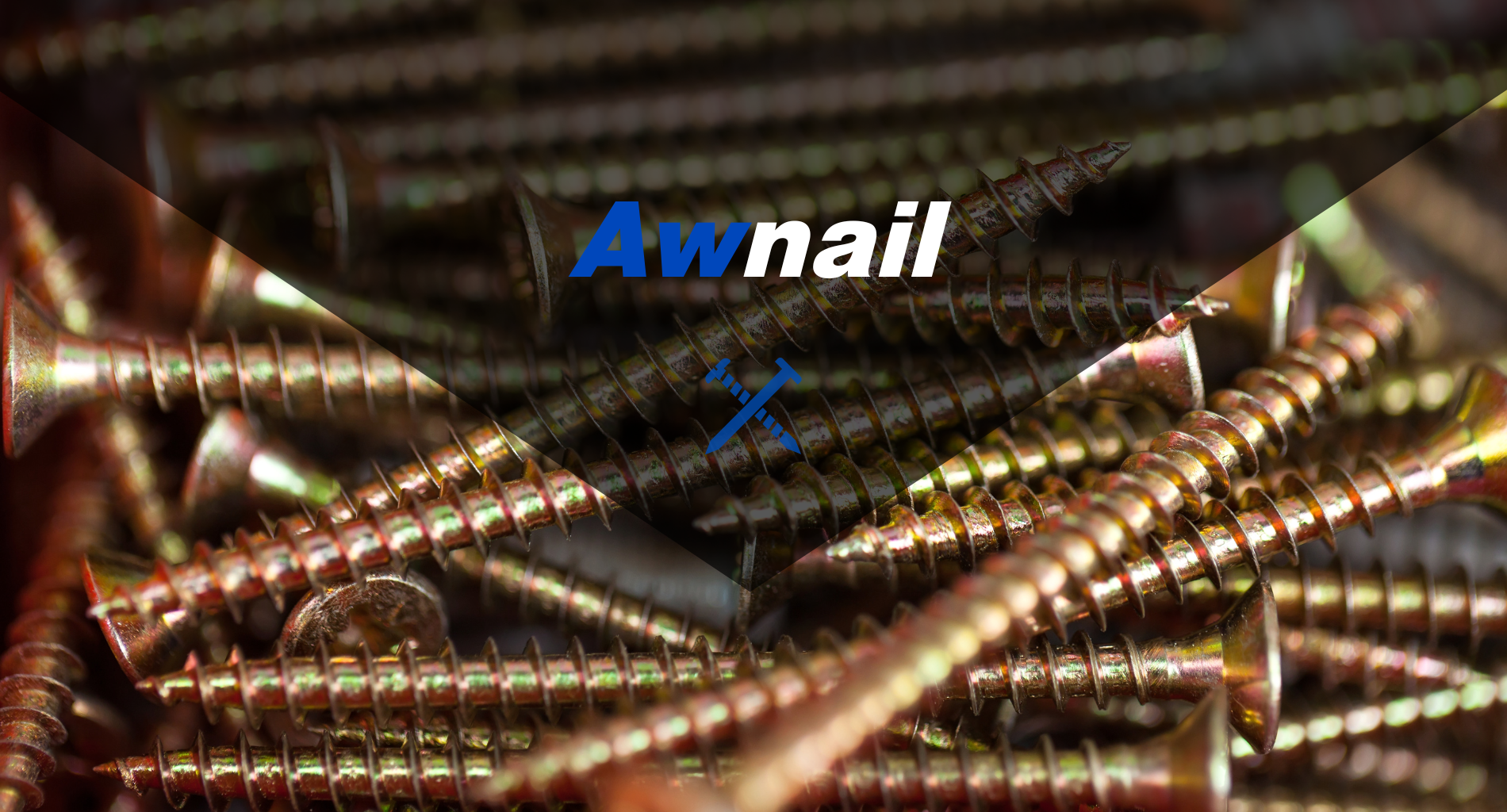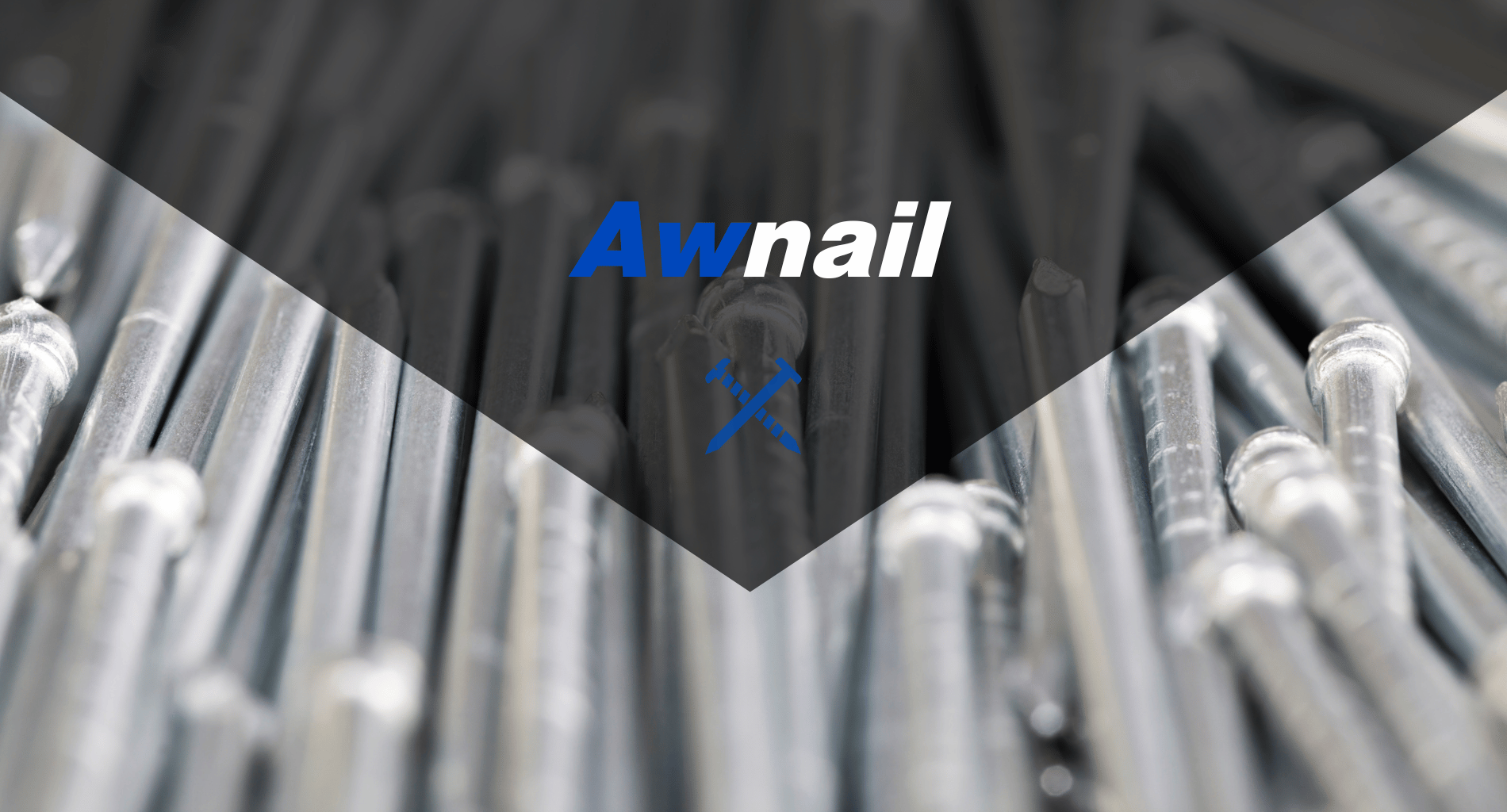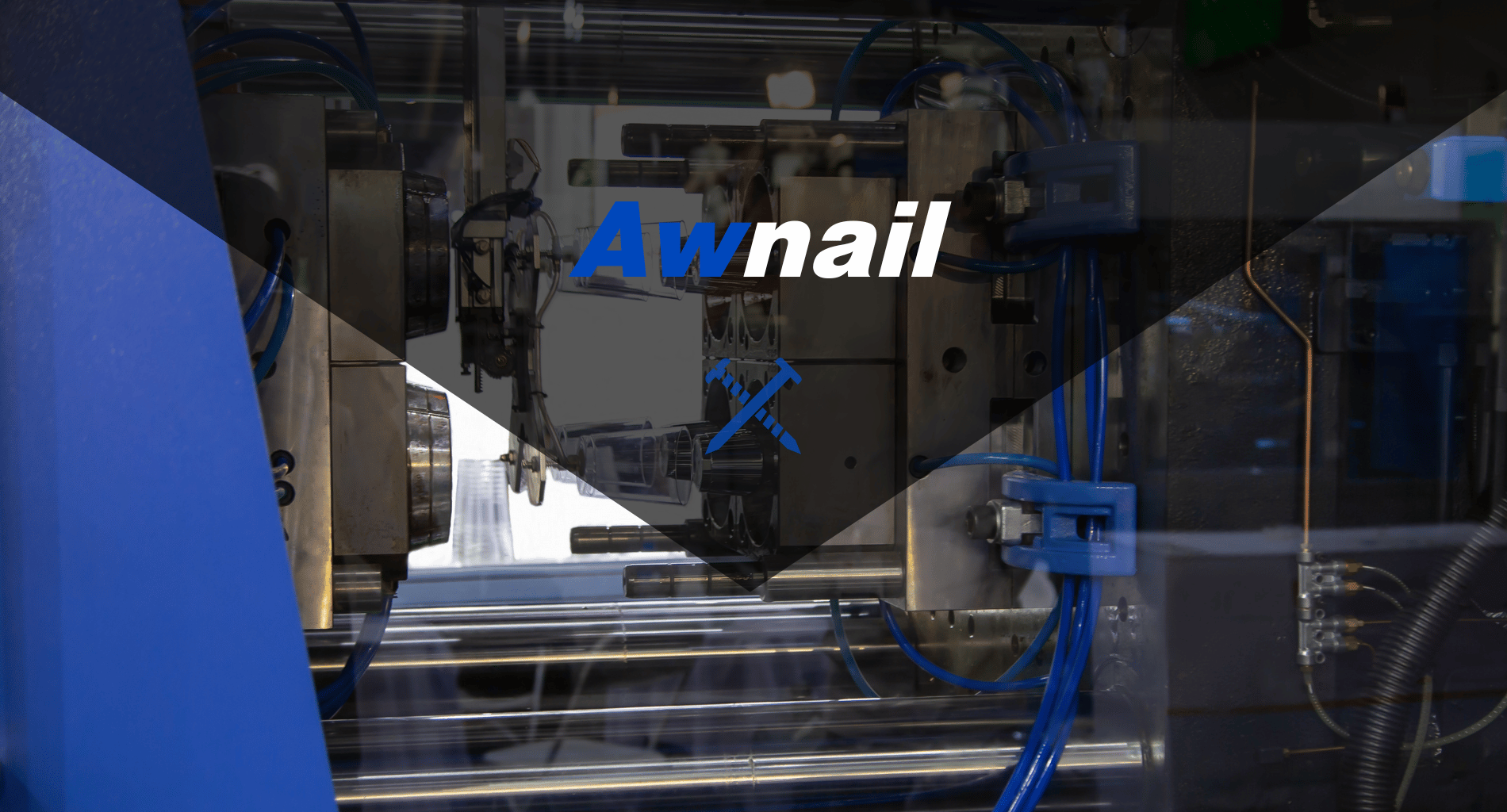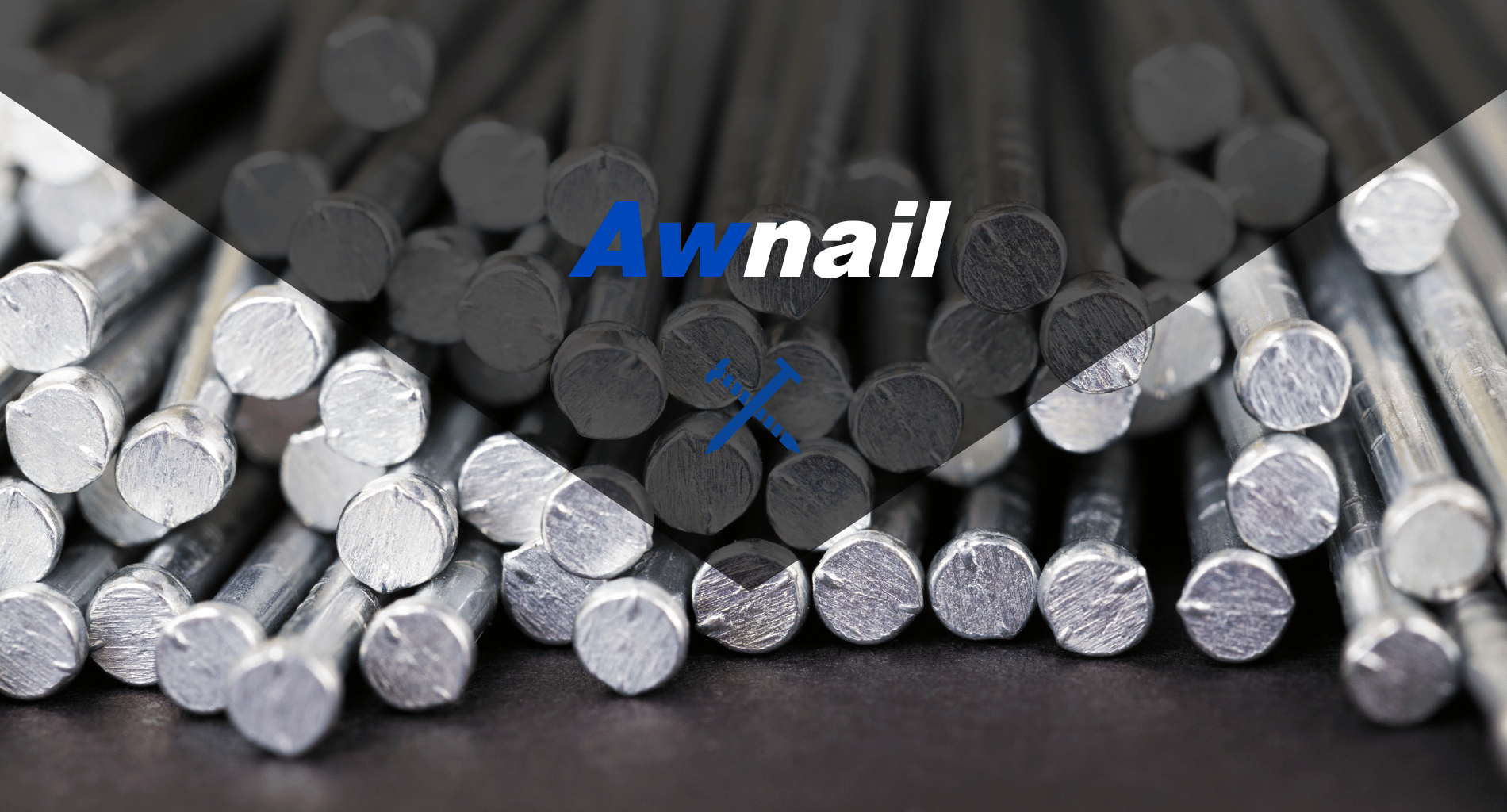Have you ever pondered the complexities behind a coil machine’s operation? Diving into the details of a coil machine diagram is a strategic step towards elevating your business’s efficiency and precision.
As a seasoned expert in nail machine technology, I’m here to navigate you through the intricate world of coil machines. These devices are crucial in nail manufacturing, blending cutting-edge technology with ease of use.
By mastering coil machine diagrams, you gain a tool not just for troubleshooting, but for deepening your operational understanding, keeping your business at the forefront of a competitive landscape.
In this ultimate guide, we’ll explore the essential components of coil machines, their roles, and the synergy that powers these complex systems.
So, let’s embark on this journey to unlock the secrets of coil machines.
1. Understanding Coil Machine Diagrams
Comprehending the nuances of a coil machine diagram is essential for those in the nail machine industry, such as wholesalers, distributors, and small business owners. These diagrams act as a detailed guide, showcasing the complex inner workings of the machine, ranging from how coils are placed to the setup of the control panel. Such understanding is not merely academic; it’s a vital tool in day-to-day operations.
Coil machine diagrams are fundamental in ensuring every component works together seamlessly. This understanding is particularly significant considering the growing market trends. According to Maximize Market Research, the coil winding machines market is projected to achieve a Compound Annual Growth Rate of 8.7% by 2029, highlighting the increasing importance and relevance of deep knowledge in this area.
This table outlines key aspects of understanding coil machine diagrams, which are essential for wholesalers, distributors, and small business owners. This knowledge not only aids in the comprehension of the machine’s intricate design but also supports efficient troubleshooting, maintenance, and operation, aligning with the projected growth in the coil winding machines market.
| Aspect | Description | Importance |
| Coil Placement | Details the specific arrangement and positioning of coils within the machine. | Ensures optimal performance and efficiency, critical for machine longevity and reliability. |
| Control Panel Setup | Shows the configuration and functionality of the machine’s control panel, including buttons, switches, and display units. | Facilitates user-friendly operation and precise control over the machine’s functions. |
| Electrical Connections | Illustrates the wiring and connections between the machine’s electrical components. | Prevents electrical faults and enhances safety during operation. |
| Mechanical Components | Outlines the mechanical parts and their interactions within the machine. | Vital for maintenance and troubleshooting, reducing downtime. |
| Safety Features | Highlights built-in safety mechanisms and protocols. | Ensures operator safety and compliance with industry standards. |
| Maintenance Points | Identifies critical maintenance and service areas in the machine. | Promotes longevity and consistent performance, essential for business operations. |
2. The Mechanics of Coil Machines
Building on our understanding of coil machine diagrams, it’s crucial to delve into the mechanics of these intricate machines. Here are the key sections to consider:
Core Components and Their Functions
The core components of a coil machine include the coil itself, the feeder mechanism, the cutting system, and the control panel. Each part plays a crucial role: the coil feeds the raw material, the feeder mechanism ensures precise movement and positioning, the cutting system shapes the nails, and the control panel allows for customization and control of the entire process.
The Electrical System
Central to the operation of a coil machine is its electrical system. This includes the power supply, motors, and control circuits. The electrical system is responsible for driving the machine’s components, maintaining operational efficiency, and ensuring safety standards are met. It’s the powerhouse that keeps the machine running smoothly and consistently.
Mechanical Movements and Calibration
The mechanical movements in a coil machine are a ballet of precision and timing. This includes the synchronized motion of the feeder, the precise cutting of nails, and the controlled ejection of finished products. Calibration is key here; it ensures that each movement is accurate to produce nails of consistent quality and size.
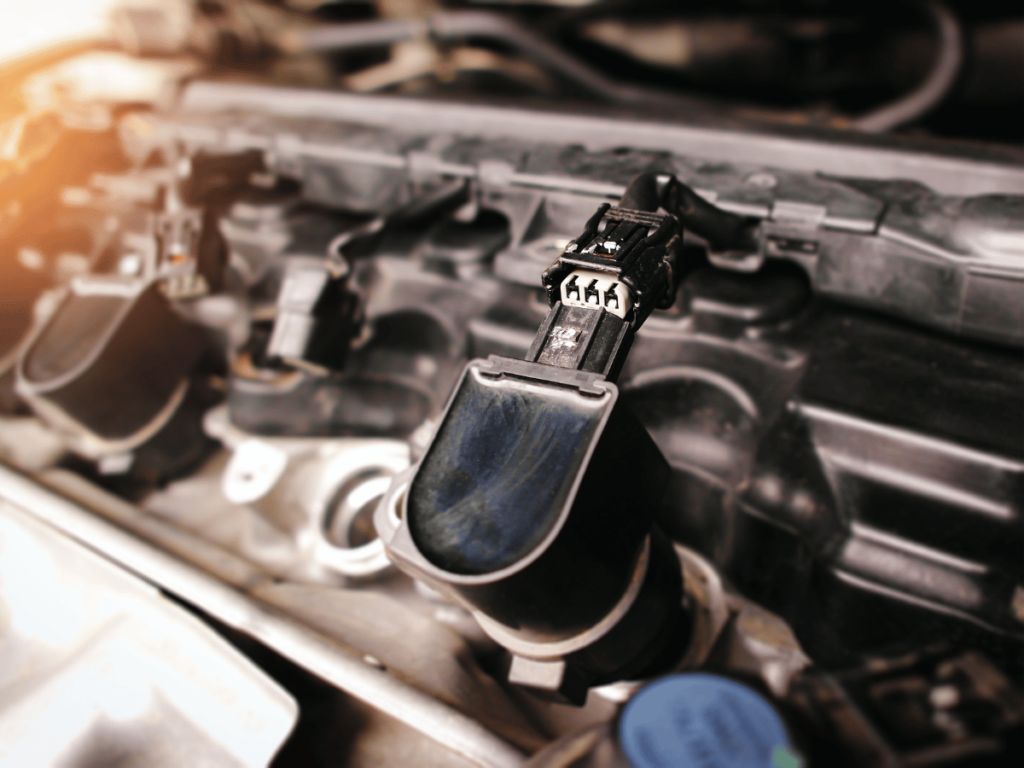
3. Components of a Coil Machine
After exploring the mechanics of coil machines, it’s crucial to understand the individual components that make up these intricate systems. Here are the primary components that are essential to every coil machine:
Coils
The heart of the machine, coils are responsible for creating the electromagnetic fields necessary for the machine’s operation. They consist of tightly wound wire around a core, often made of iron. The number of coils and the type of wire used can significantly impact the machine’s performance, affecting everything from speed to precision.
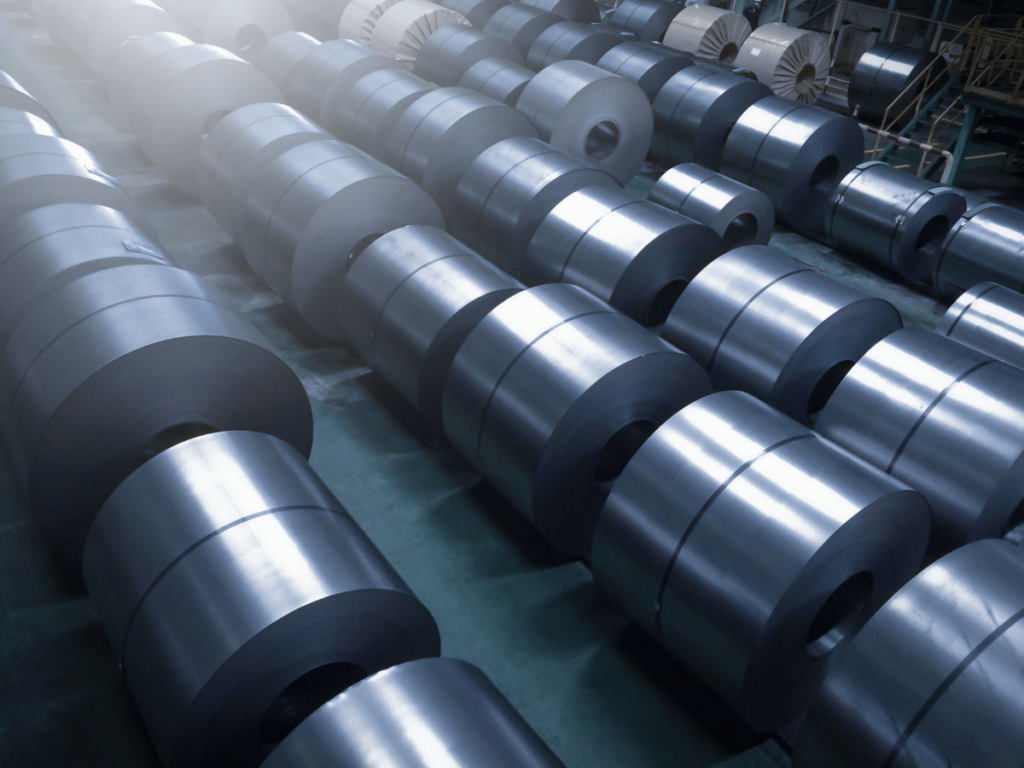
Frame
The frame is the skeleton of the machine, providing structural integrity and support for all other components. It’s typically made of durable materials like steel or aluminum, ensuring the machine can withstand continuous use. The design and material of the frame play a crucial role in the machine’s durability and its ability to resist vibrations during operation.
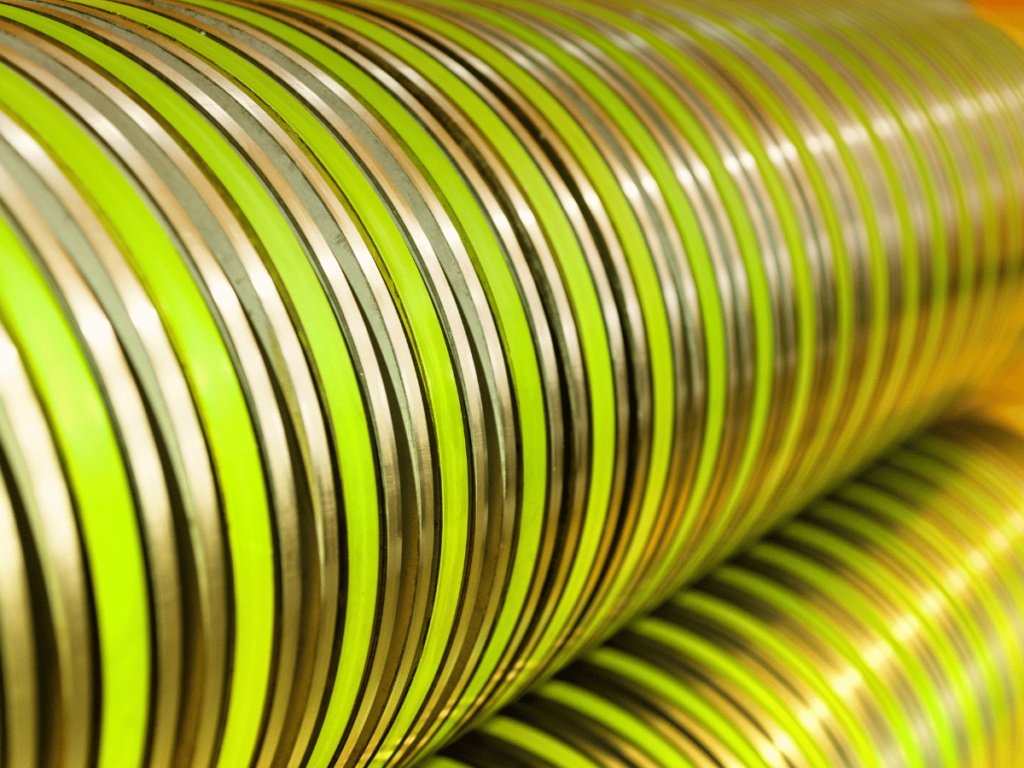
Armature Bar and Springs
The armature bar, in conjunction with the springs, plays a pivotal role in the machine’s movement. The armature bar, attached to the coils, moves up and down due to the electromagnetic force generated by the coils. Springs regulate this movement, allowing for control over the machine’s speed and force, which are essential for precision in nail production.
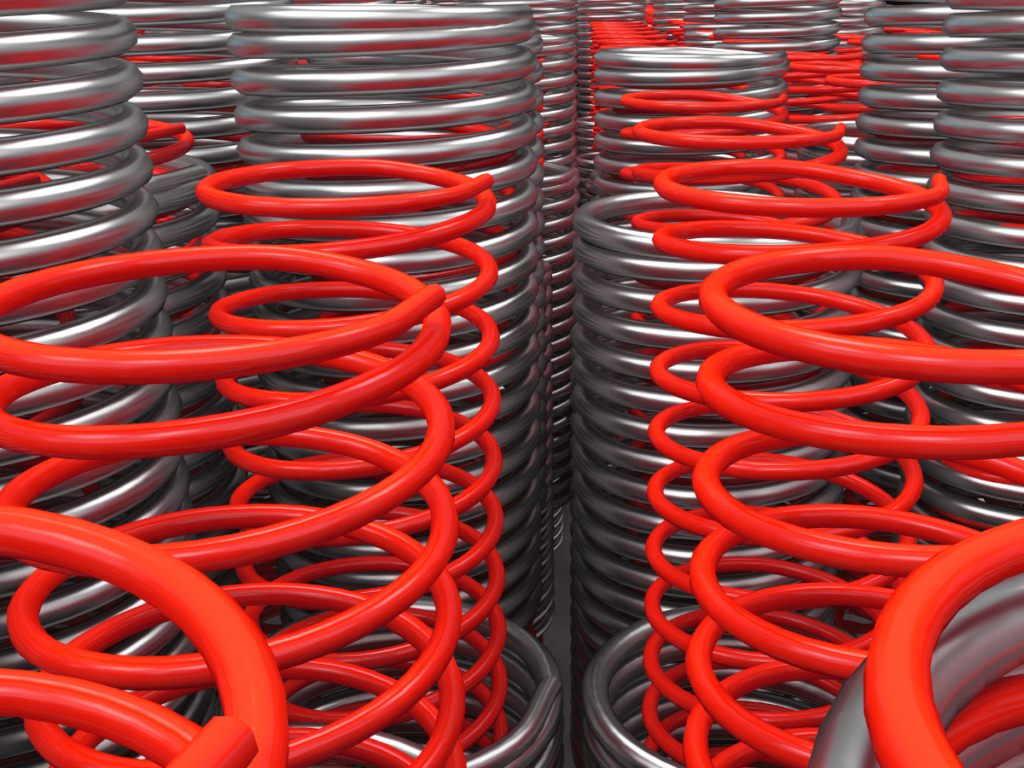
Contact Screw and Capacitor
The contact screw and capacitor are key for regulating the machine’s electrical flow and timing. The contact screw adjusts the circuit’s electrical flow, allowing for fine-tuning of the machine’s operational speed. The capacitor, on the other hand, stabilizes the electrical current, preventing fluctuations that could lead to inconsistent performance and wear on the coils.
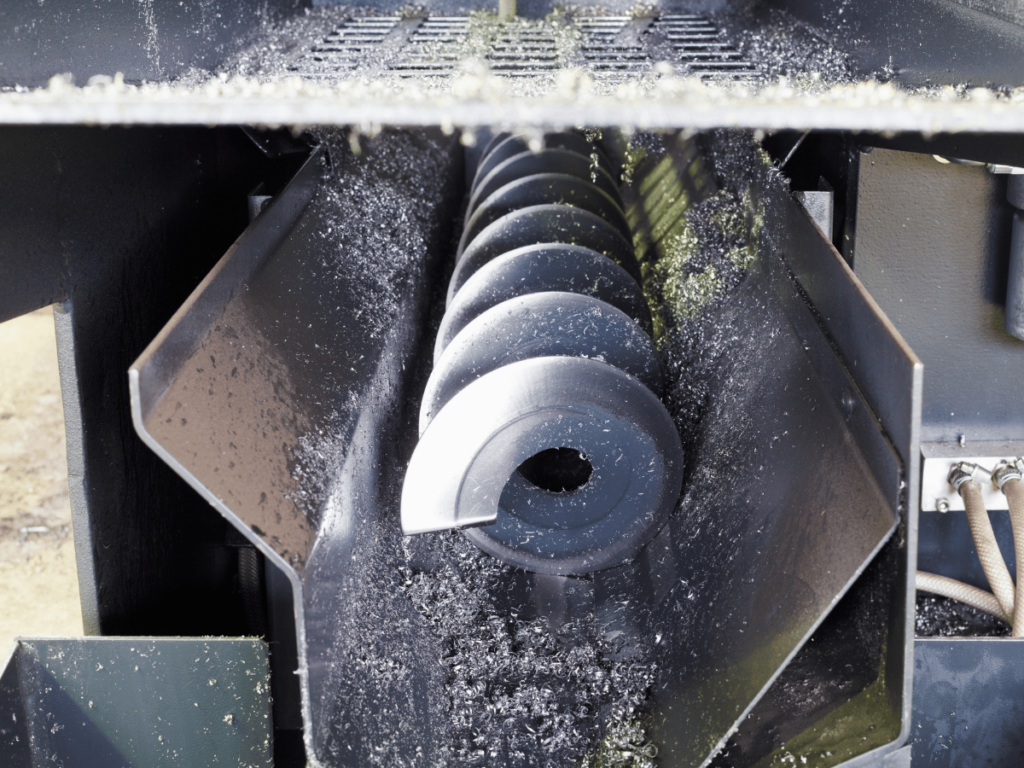
4. Types of Coil Machine Diagrams
Having covered the components of a coil machine, it’s equally important to understand the different types of coil machine diagrams that depict these components and their interconnections. Here are the main types of coil machine diagrams used in the industry:
Schematic Diagrams
Schematic diagrams are the most common type, providing an abstract representation of the coil machine’s electrical system. For instance, they use standardized symbols to represent the components and show how they are electrically connected. These diagrams are essential for understanding the wiring and electrical functioning of the machine.
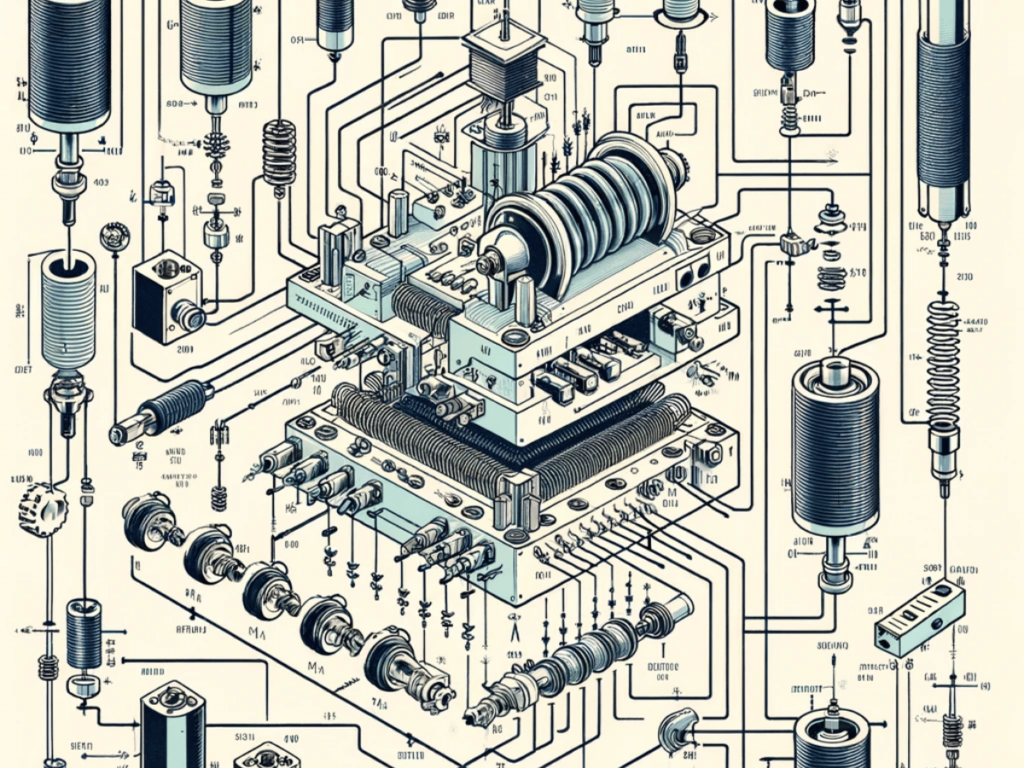
Wiring Diagrams
Wiring diagrams offer a more detailed view compared to schematic diagrams. They depict the actual layout of the electrical wires and connections within the coil machine. This type of diagram is particularly useful for installation, repair, and troubleshooting electrical issues.
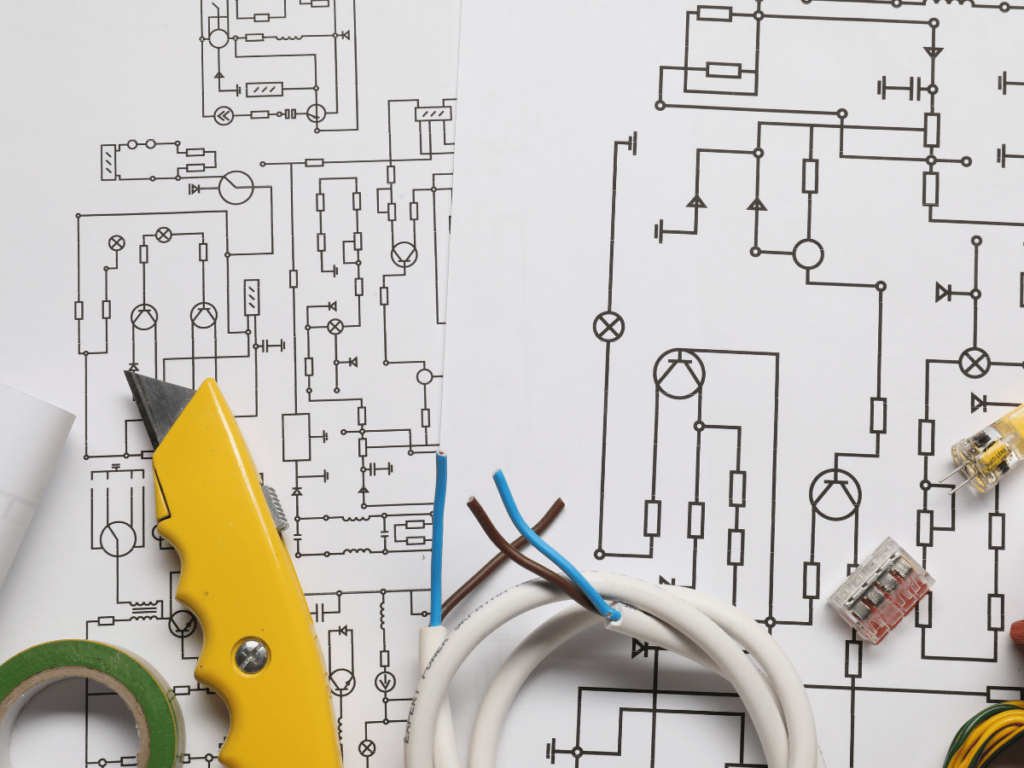
Pneumatic and Hydraulic Diagrams
For coil machines that utilize pneumatic or hydraulic systems, these diagrams are crucial. They illustrate the flow and control of air or fluid in the machine, detailing components like valves, cylinders, and compressors. Understanding these diagrams is key for maintaining and troubleshooting the mechanical movement aspects of the machine.
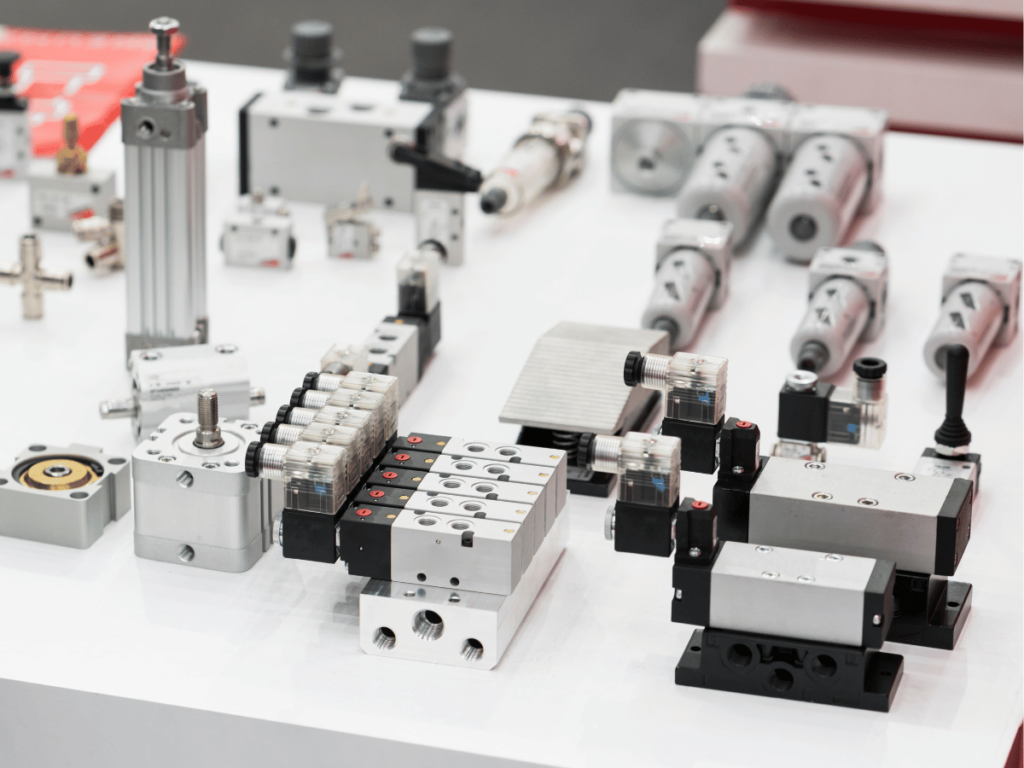
5. Electrical Circuitry in Coil Machines
Following our exploration of the various types of coil machine diagrams, it’s crucial to delve into the electrical circuitry of these machines. Here are the key steps in the electrical circuitry process of coil machines:
- Power Supply and Distribution: The process begins with the power supply, which is typically a high-voltage source tailored to the machine’s requirements. This power is then distributed through the machine’s circuitry, providing the necessary energy to drive motors and other electrical components.
- Control Circuit Operation: Once the power is distributed, the control circuit takes over. This involves the use of relays, switches, and microcontrollers to manage the operations of the machine. The control circuit interprets commands from the control panel and translates them into actions, such as starting or stopping the machine, adjusting speeds, and other operational parameters.
- Motor Activation and Motion Control: The electrical signals from the control circuit then activate the motors. At Awnail, these motors are responsible for the movement of the feeding mechanism, cutting tools, and other mechanical parts. The precise control of motor speed and torque is crucial for the accurate and consistent production of nails.
- Feedback and Monitoring: Lastly, the system includes feedback mechanisms like sensors and detectors. These components monitor various aspects of the machine’s operation, such as material feed rate, cutting accuracy, and system health. The feedback is used to make real-time adjustments and ensure the machine operates within the set parameters, thereby maintaining efficiency and product quality.
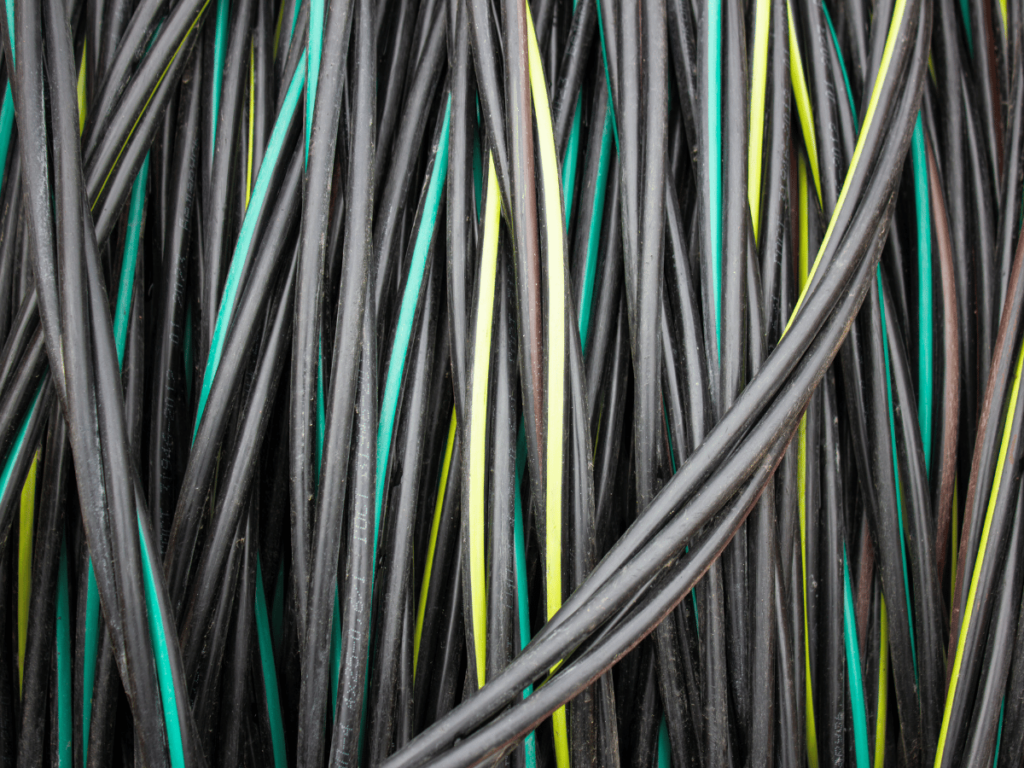
6. Practical Applications of Coil Machine Diagrams
With a solid understanding of the electrical circuitry in coil machines, it’s important to recognize how coil machine diagrams play a pivotal role in practical applications. Here are the key practical applications of coil machine diagrams:
Troubleshooting and Repairs
Coil machine diagrams are indispensable for troubleshooting and conducting repairs. They allow technicians to quickly identify and locate faults within the system. For example, by following the pathways outlined in the diagrams, it’s possible to pinpoint specific components that may be malfunctioning, such as a faulty relay or a broken wire, thereby significantly reducing downtime and repair time.
Installation and Commissioning
When installing a new coil machine or commissioning an existing one, diagrams provide a roadmap for setting up the electrical and mechanical components correctly. They ensure that all parts are properly connected and functioning as intended. This is crucial for avoiding operational issues and ensuring the machine runs efficiently from the start.
7. Maintenance and Care of Coil Machines
Understanding the practical applications of coil machine diagrams leads naturally to the importance of regular maintenance and care of these complex machines. Here are the essential aspects of maintaining and caring for coil machines:
Regular Cleaning and Lubrication
Keeping the machine clean from dust and debris is crucial to prevent mechanical wear and tear. Regular lubrication of moving parts is also essential to ensure smooth operation and to reduce friction, which can lead to premature breakdowns.
Routine Inspection and Component Replacement
Regularly inspecting the machine for signs of wear and tear, especially in high-use components such as the feeder mechanism and cutting tools, is vital. Replacing worn-out parts promptly helps to avoid more significant issues down the line and ensures consistent product quality.
Electrical System Checks
Regular checks of the electrical system, including wiring, connections, and control panels, are imperative. Awnail recognizes that ensuring all electrical components are functioning correctly and safely can prevent operational hazards and downtime due to electrical failures.
8. Future Trends and Innovations in Coil Machines
Following the emphasis on maintenance and care, it’s exciting to look forward to future trends and innovations shaping the world of coil machines. Here are some of the key trends and innovations expected in the near future:
Automation and AI Integration
The integration of automation and artificial intelligence (AI) is poised to revolutionize coil machines. AI algorithms can optimize production processes, reduce waste, and enhance quality control by making real-time adjustments. Automation will lead to more autonomous machines, capable of self-diagnosis and predictive maintenance, reducing the need for human intervention.
Advanced Material Use
The development and use of advanced materials in coil machines will significantly improve their durability and efficiency. Materials with higher strength-to-weight ratios, improved thermal properties, and better resistance to wear and tear will lead to longer-lasting, more reliable machines. This will also open up new possibilities in terms of the types and sizes of nails that can be produced.
Enhanced Connectivity and IoT
The future of coil machines will be heavily influenced by enhanced connectivity and the Internet of Things (IoT). Machines will be able to communicate with each other and with central management systems, allowing for better coordination and data-driven decision-making. This connectivity will also facilitate remote monitoring and control, making it easier to manage production lines from anywhere in the world.
Dive Deeper Into Our Resources
Looking for more diverse product options? Browse through our handpicked selections:
For some insightful reads, we’ve curated a list of recommended articles just for you:
- The Ultimate List of Top 8 Nail Making Machine Manufacturers
- An In-Depth Guide to Nail Making Machines
Still haven’t found what you’re looking for? Don’t hesitate to contact us. We’re available around the clock to assist you.
Conclusion
The journey through the coil machine diagram reveals its sophistication and the pivotal role it plays in nail production. Understanding these machines in-depth is crucial for wholesalers, distributors, and small businesses aiming for top-tier operational efficiency and product quality.
If you’re looking to elevate your business with reliable and high-quality coil machines, look no further than Awnail, a coil machine manufacturer. Contact us today to explore how we can drive your business forward.

